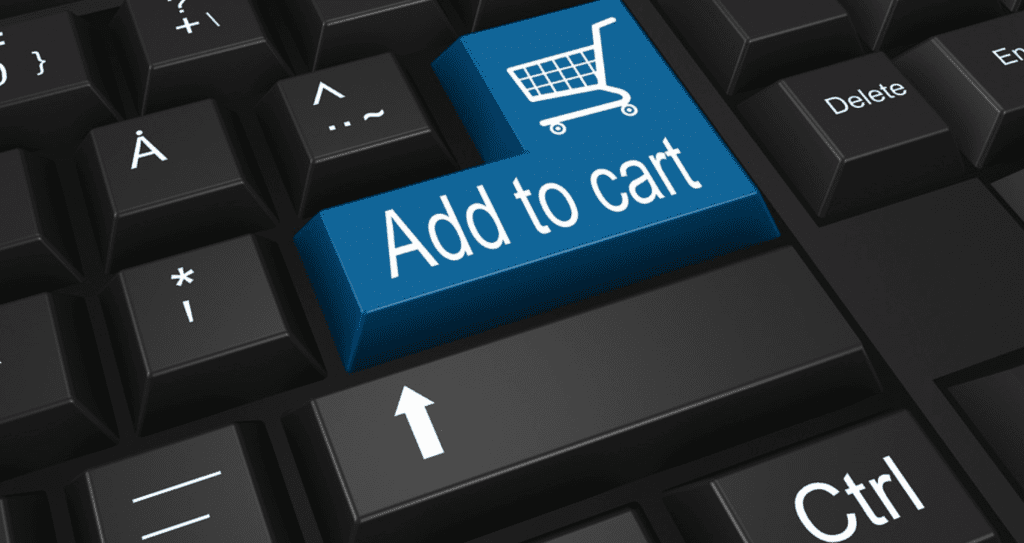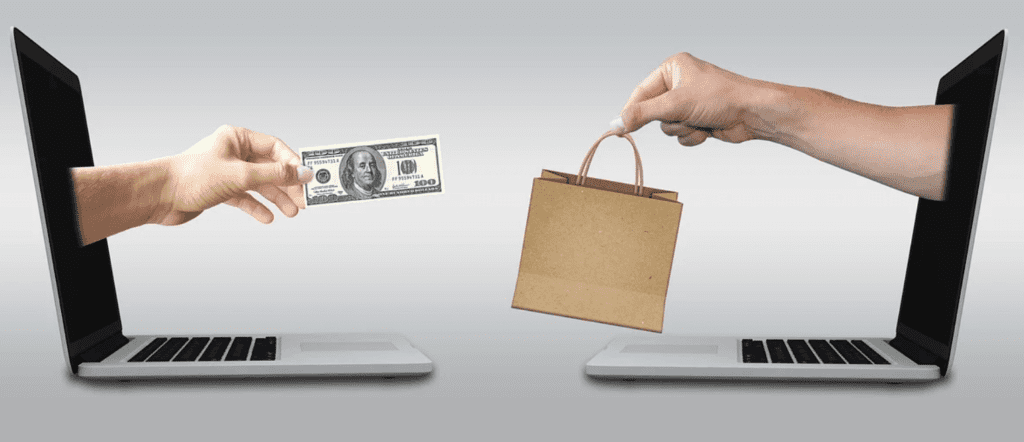By: Katie Melissa | August 16, 2022
August 16, 2022
Amazon, the robust ecommerce giant is supported by over 6 million third-party sellers globally. Of those, 26% of sellers use the wholesale FBA selling model to generate sales.
The model involves buying bulk items from another supplier or manufacturer and reselling them to customers. The products may include consumer kitchenware, electronics, furniture, and even toys.
Wholesale gives a money-spinning opportunity, but only if you know your way around the business model. A deeper analysis of its pros and cons and the steps involved will reveal more details.

How Does Wholesale FBA Work?
Regardless of the selling model on Amazon, you must follow specific business setup practices. As for wholesaling, here are some basic steps it entails:
- Start by setting up your seller account
- Search for a high-demand, low-competition product
- Find ways to source the item (supplier, distributor, or brand?)
- List the item on the Amazon marketplace (or add your offer to an existing listing)
- Take proactive steps to grow your business
Wholesalers may also be required to acquire a wholesale license, also called the business license. Apart from that, you must apply for a sales tax permit (reseller permit) referred to as a resale certificate.
You need this information on hand since any brands and distributors you reach out to would ask you for it. Additionally, it’ll allow you to buy tax-free items and gather sales tax on behalf of your state. You can always check your state’s wholesale licensing requirements to learn more.

Pros and Cons of Wholesale
There’s no rose without a thorn. Where wholesale offers a lucrative business opportunity, it follows up with numerous challenges. A quick look into its pros and cons will unveil more.
Advantages
- Wholesale is the easiest business model to get started with. Studies unfold that it took only 6 weeks for numerous Amazon wholesalers to become profitable through the business model.
- You do not need to gain consumer trust because you’re selling a reputable brand. Consumers are already searching for it and buying from it. This minimizes your marketing burden.
- Buying in bulk lowers the cost per item. This way, you naturally drive more profit than investing in products individually.
- Because “brand image” isn’t your prime focus, you can focus on other crucial business tasks. This makes room for scalability.
Disadvantages
- You’ll face competition because multiple sellers are most likely selling the listings you pick.
- Purchasing bulk items would require more up-front costs. So, it’ll be challenging for you to start this business with a limited budget.
- Picking the ideal product from thousands of items can get daunting
- You have to reach out to the brands before opening your wholesale account. The brands may approve or refuse you. Keeping their requirements and needs in mind before applying.

Make Money By Selling Wholesale Products On Amazon
If you want to scale a successful business in the ecommerce world, there’s no reason to sleep on the opportunity wholesaling offers. Here’s how to generate income by selling wholesale products on Amazon.
Find the Right Product
You initially need to check the product’s demand to find your ideal item to sell. It will help you estimate a particular product’s daily, weekly, and monthly sales. You can utilize helpful product research tools like Jungle Scout, AMZScout, or Helium 10 for assistance.
Ideally, look for well-established small and medium-sized companies. Targeting large brands won’t help much because firms like Apple won’t sell you items at a wholesale cost.
Additionally, verify that a private label seller or Amazon doesn’t sell the product. Because the ecommerce platform prices its products lower than competitors, you would not want to compete with it for obvious reasons.

Calculate Your Profit Margin
Calculating how much you can make from wholesale is crucial to starting your business.
To begin with, keep your product pricing 2% within the current Buy Box price – the widget on the right side of the product page, also known as the Add to Cart box.
A higher price won’t make your offer appear in the Buy Box.
Additionally, you also need to understand the product feeds. You can do so through Amazon’s FBA calculator. Type the product’s ASIN and additional data like costs; hit enter to review.
Lastly, subtract Amazon’s fee and the product’s cost from the sales price. If the number is positive, you’re in luck. Otherwise, you can always alter your business strategies to drive more sales and profit.
Research the Right Suppliers
Contacting the right suppliers can save you from unnecessary stress and hassle as an Amazon seller.
You need to research the top suppliers within your country or overseas. Besides, you must directly contact the owner to open your wholesale account. If they approve you, you can place a product order and begin selling as soon as they ship it to Amazon’s Fulfillment Center(s).

Negotiate With Brands
Brands won’t be intrigued to approve you unless you demonstrate how your efforts can contribute to their company. This requires you to highlight the value you’ll offer to their products and brand.
Naturally, the manufacturers are large firms concerned with marketing initiatives and product development.
If you help them build a global brand image and boost sales, there’s no reason for them to refuse your offer.
As a rule of thumb, identify the pain points of brands and tell them the steps you can take to make their products more compelling. Alternatively, target brands already interested in selling their products on Amazon.
If they still refuse your offer, it’s not the end of the world. Negotiations often require effort on your end, and the brands will typically agree if they see your potential and desire for a long-term working relationship.
Fulfill Your Orders
Amazon offers two ways to fulfill your wholesale orders: Fulfillment by Merchant (FBM) and Fulfillment by Amazon (FBA).
The former places the responsibility on the merchant’s shoulders, from picking to packing and shipping the products. The latter approach requires you to pay a fee to Amazon, and the platform handles the logistics for you.
The shipping costs of Amazon are often less than the ones involved in shipping products yourself. However, if you sell oversized products, you may want to consider FBM.

Conclusion
If you’re willing to sell on Amazon without getting involved in private labeling, wholesale can be your best bet. Finding the right products, researching reliable suppliers, and negotiating with brands are a few steps to begin your journey as a wholesaler.
Do not forget to calculate your profit margin and choose an ideal fulfillment method for efficient logistics management.
You can find and vet suppliers by typing a keyword such as “Wholesale suppliers in [your state]” and conducting research from there.